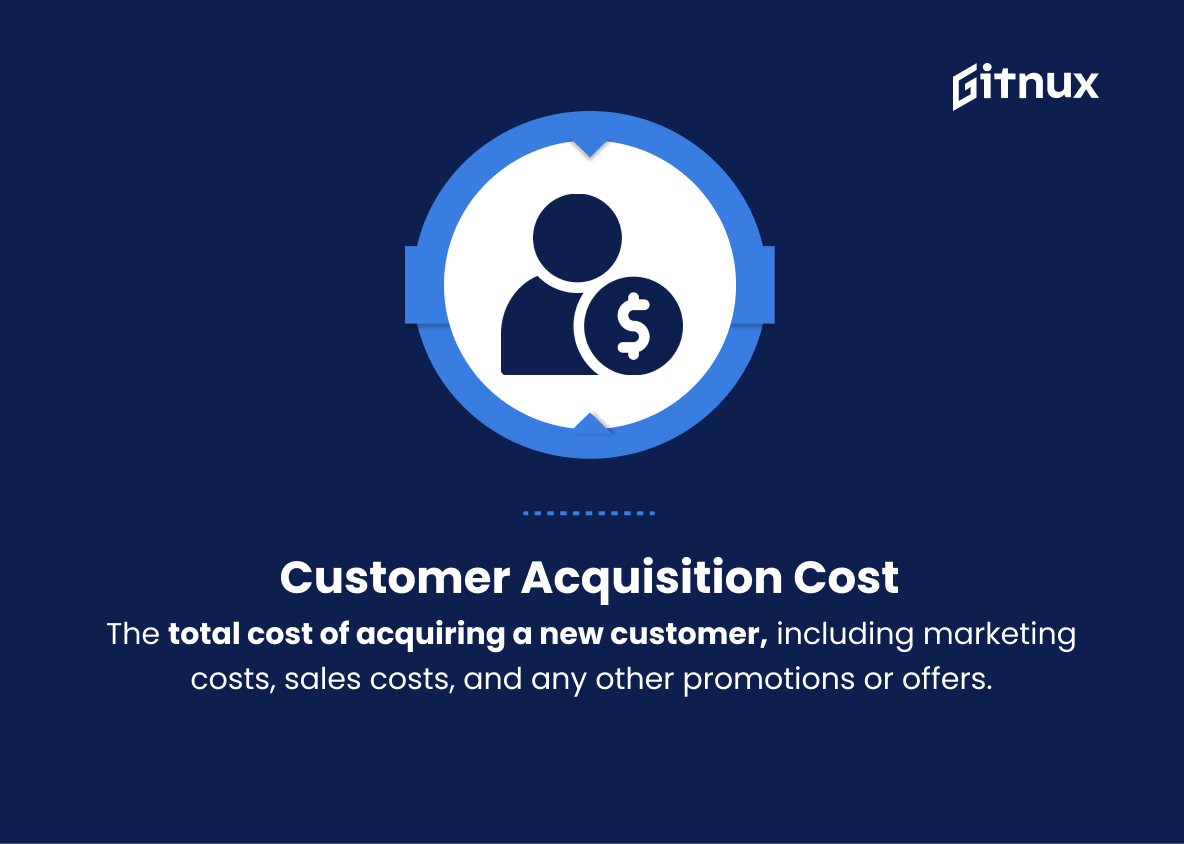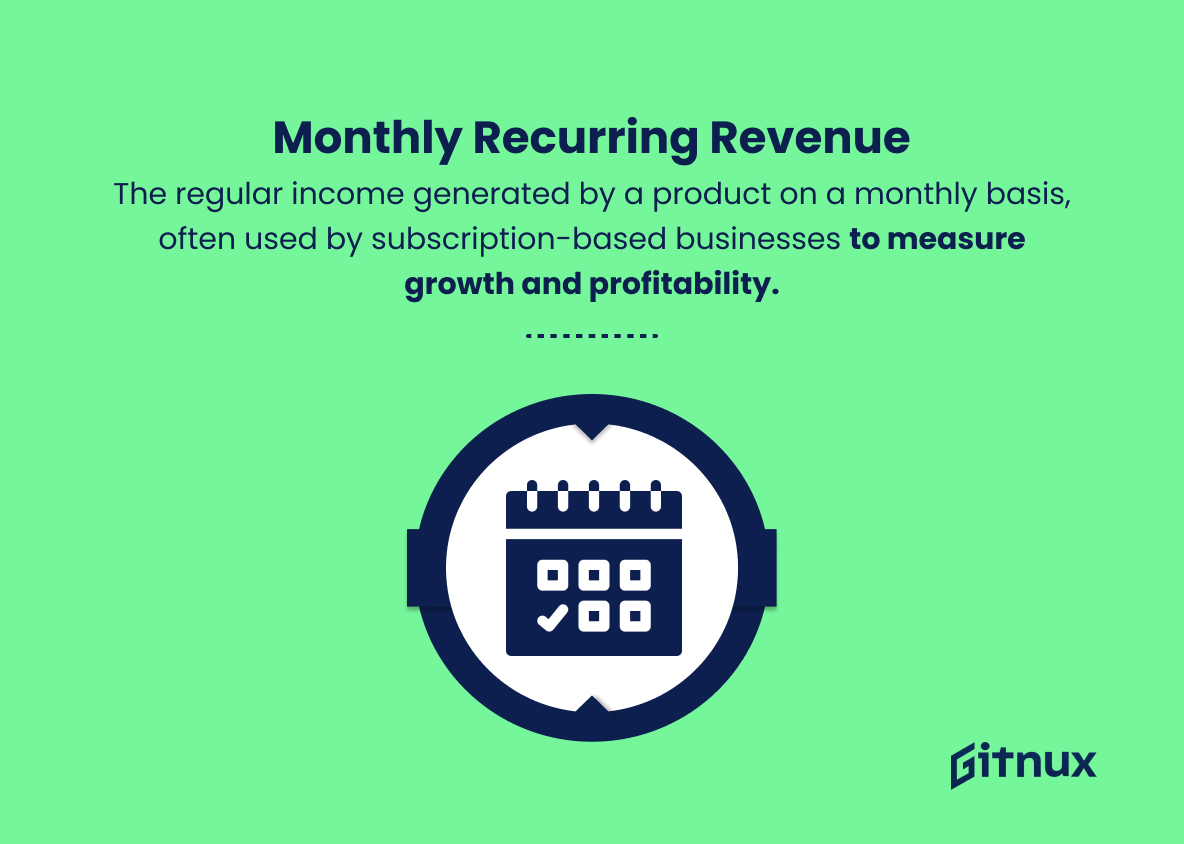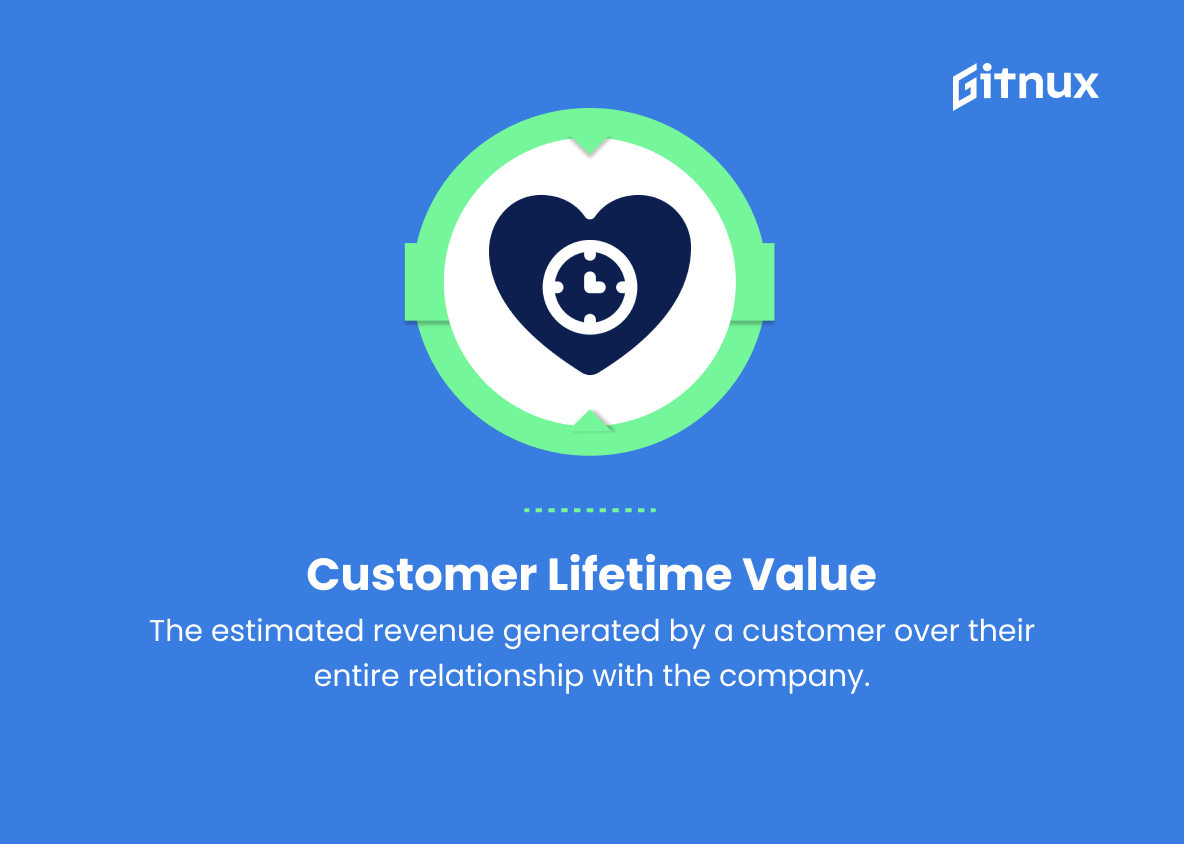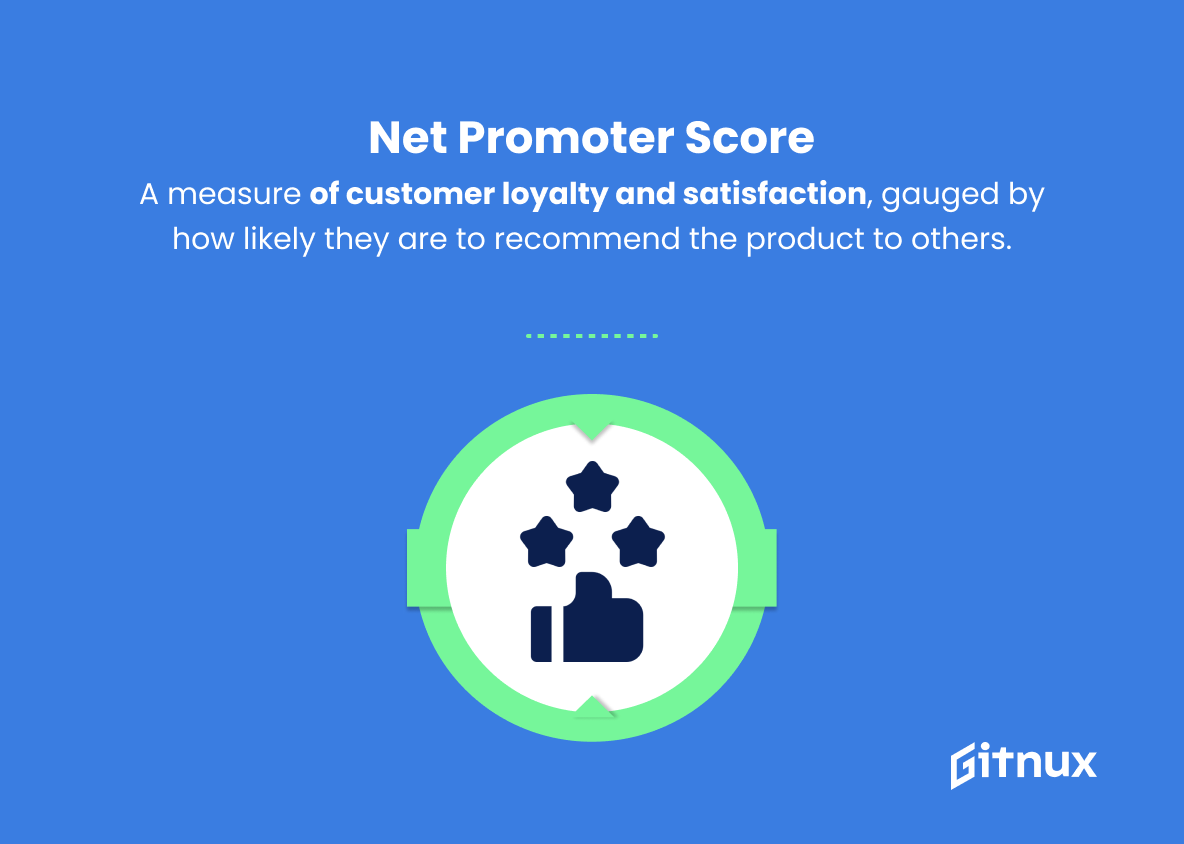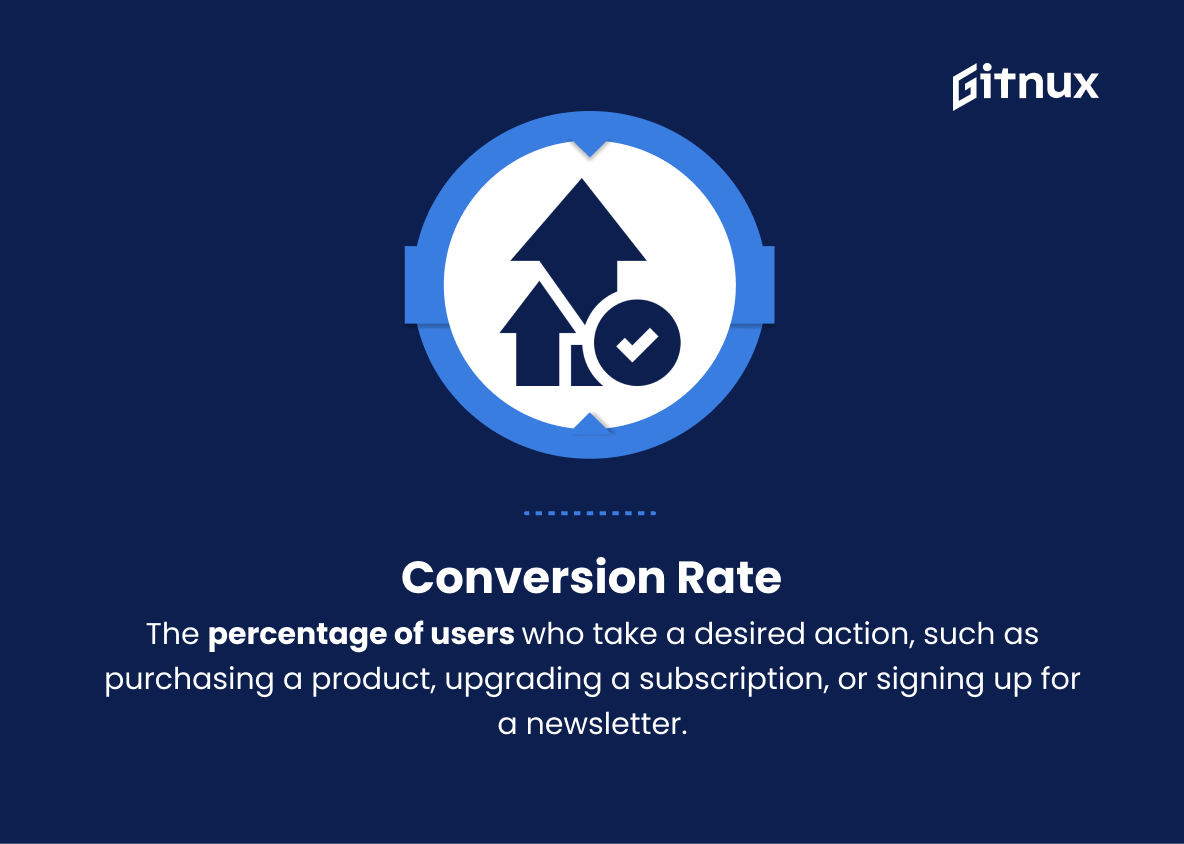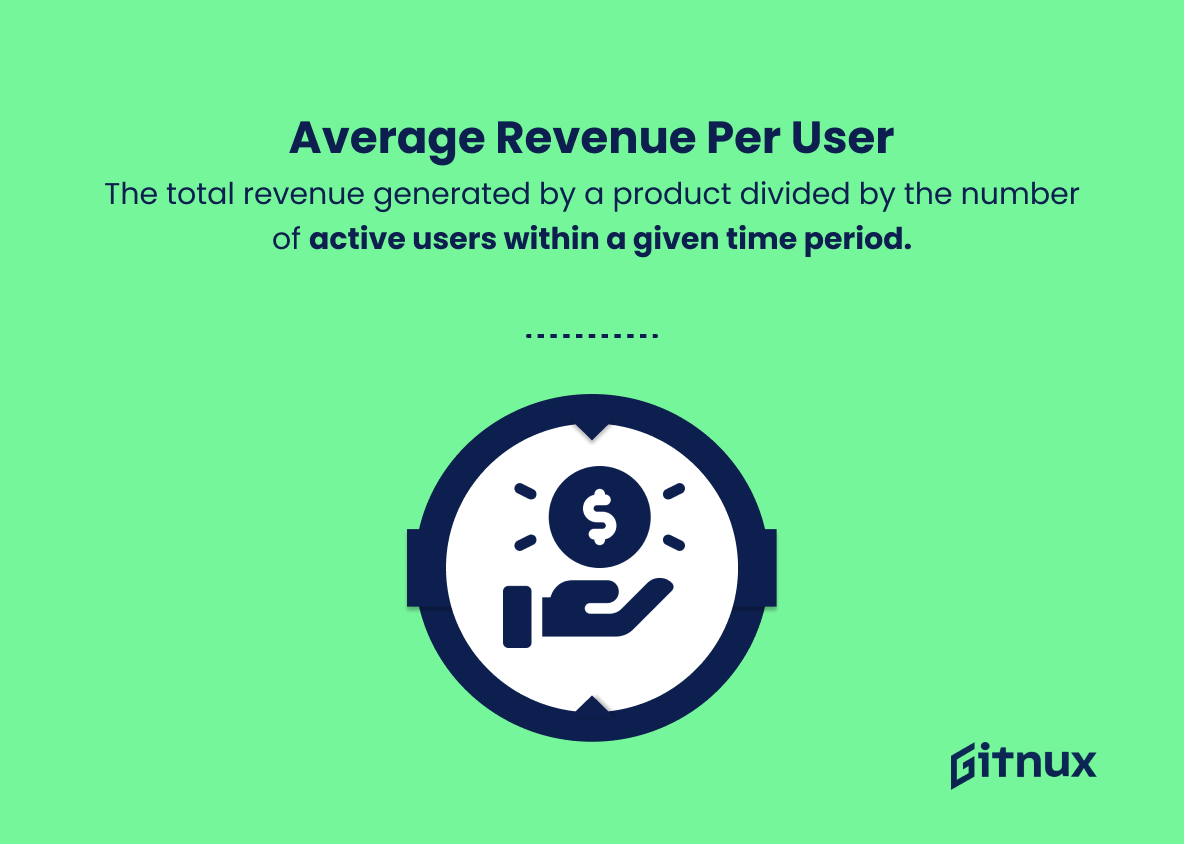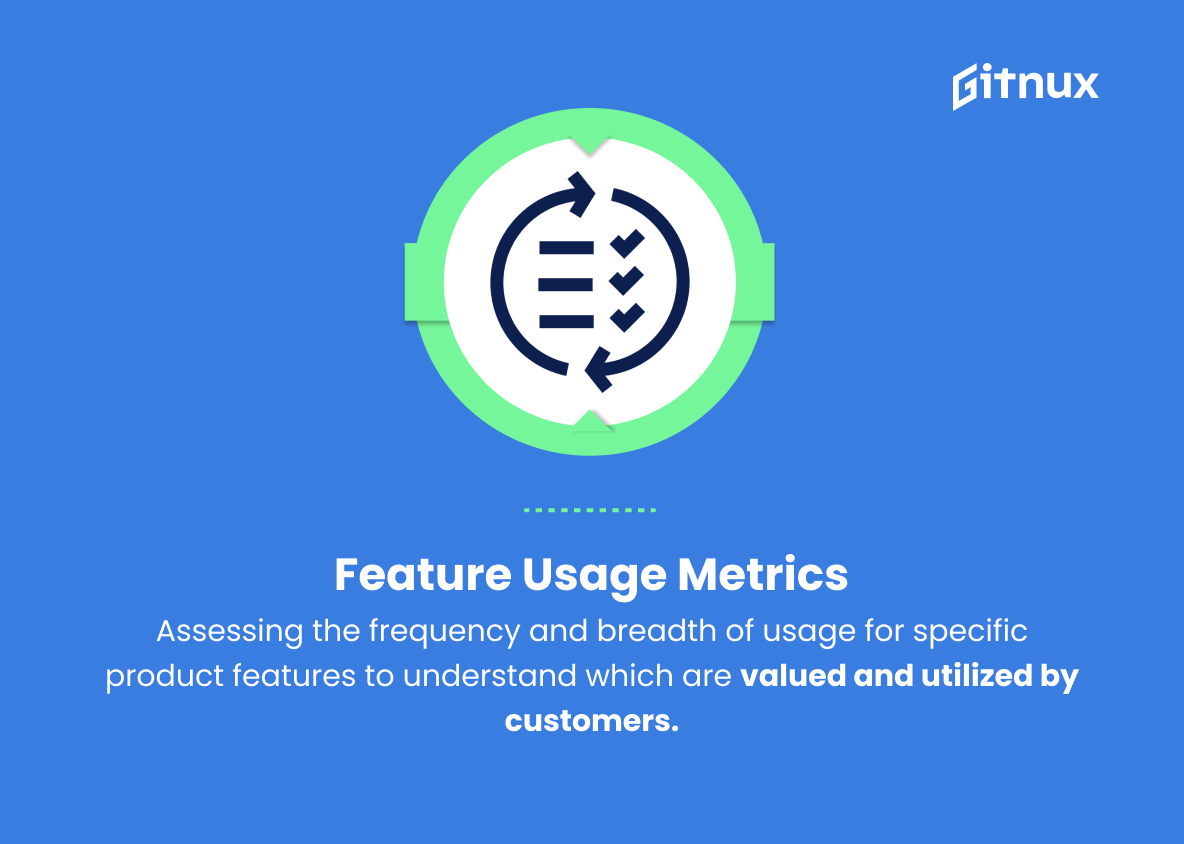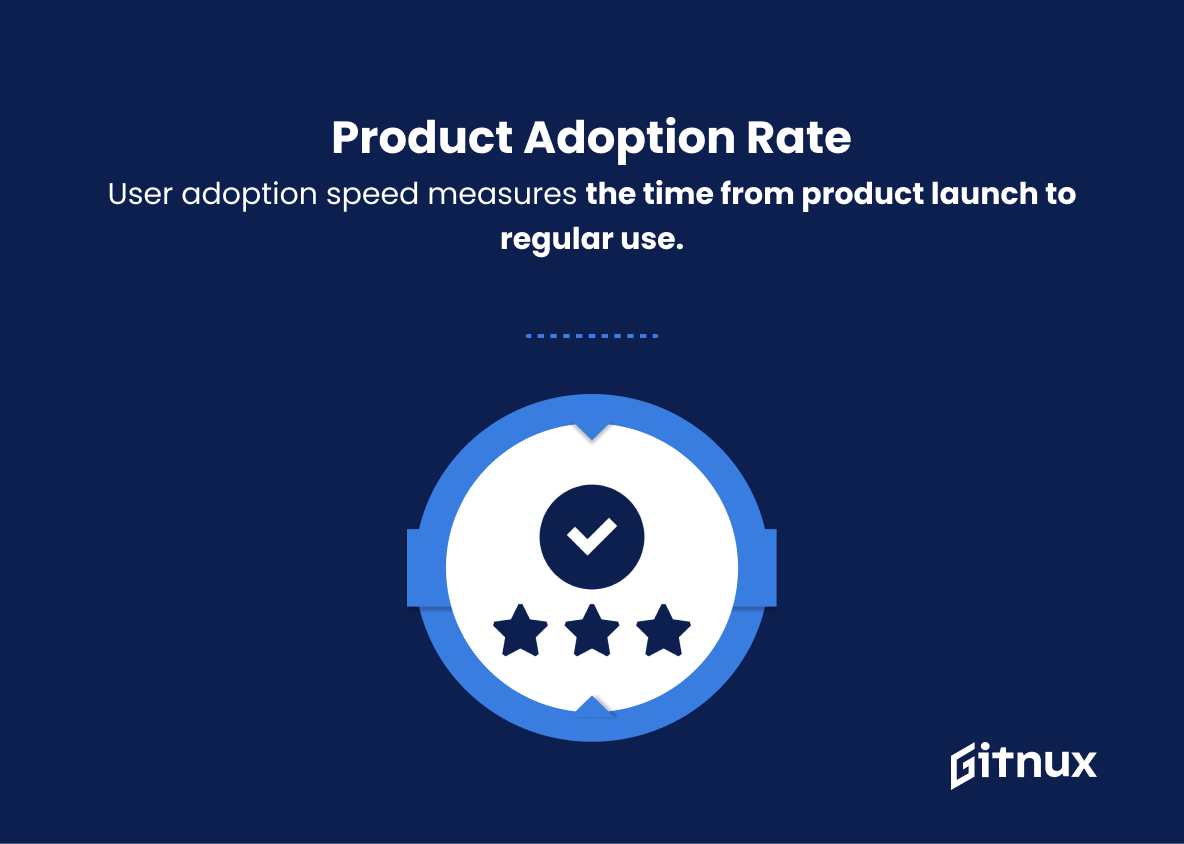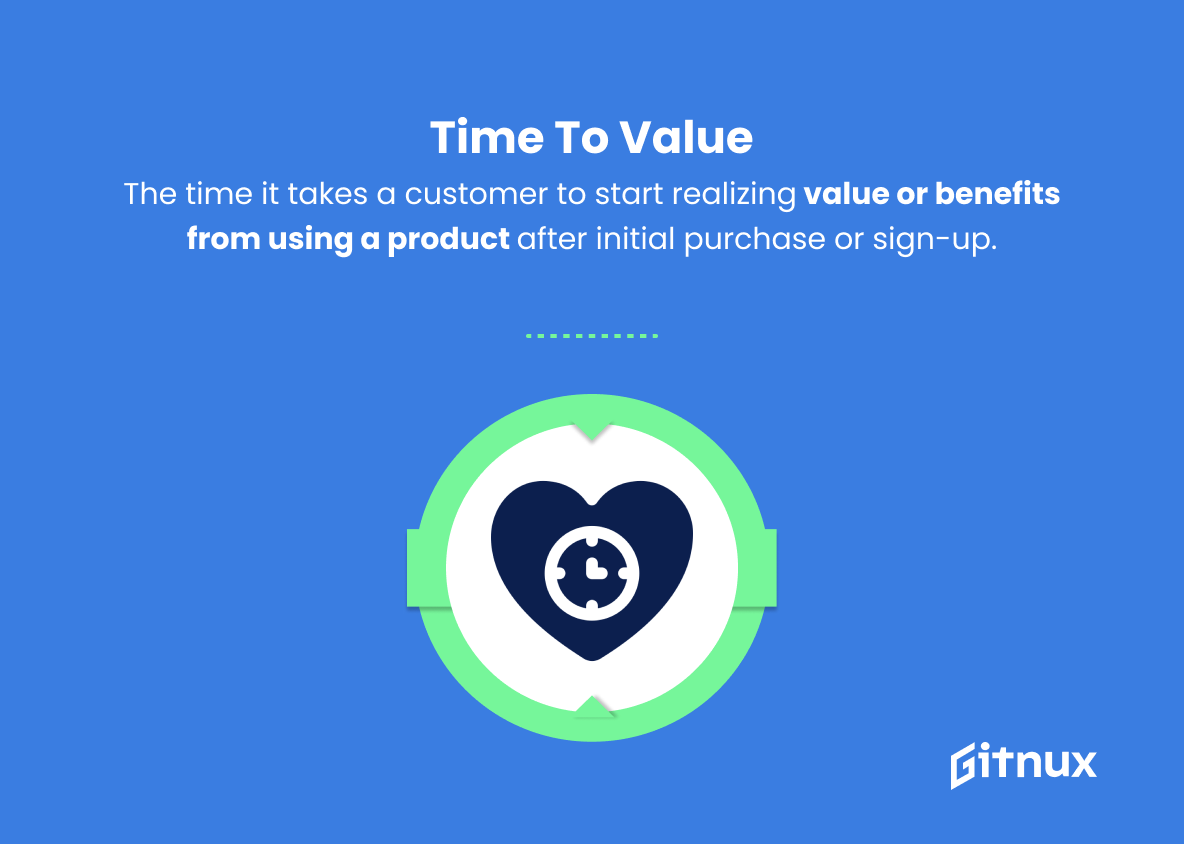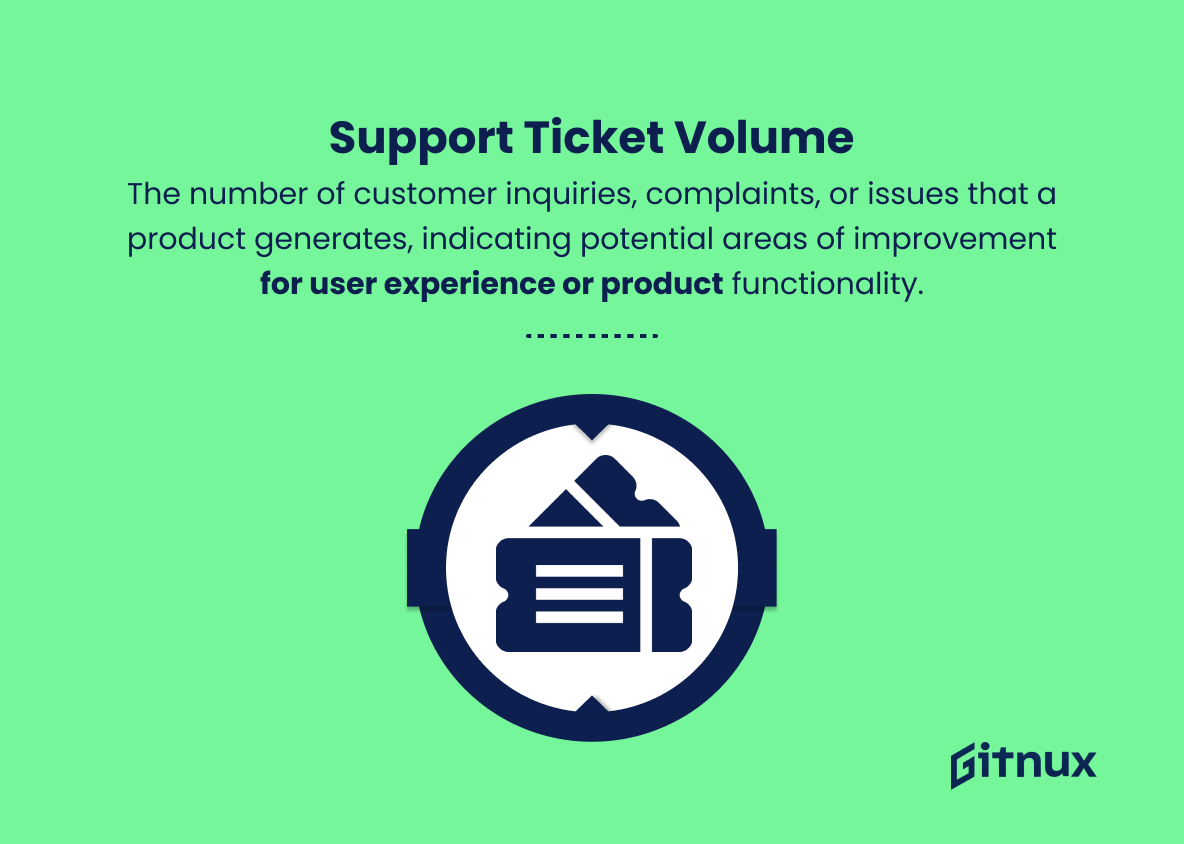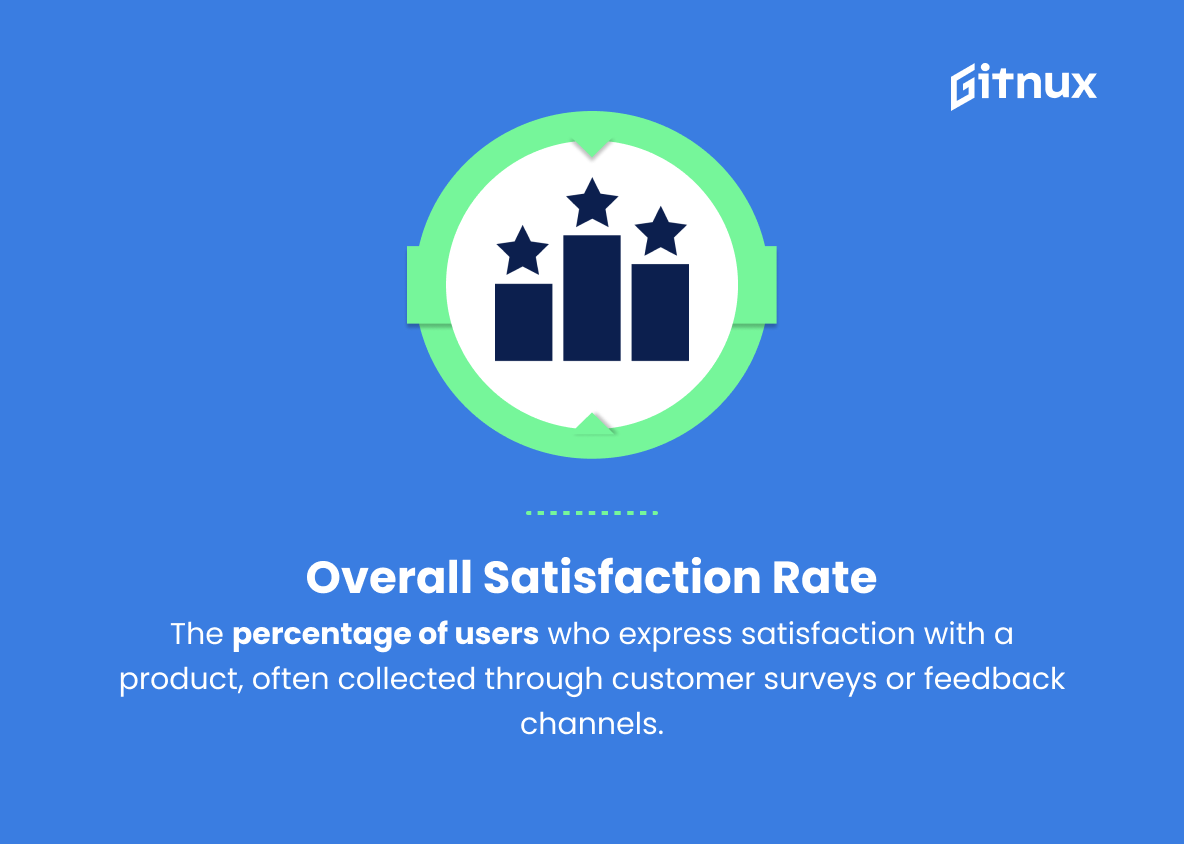In today’s rapidly evolving business landscape, effective product management is critical to the success of any organization. As a result, product managers must continuously monitor and adjust strategies based on key performance indicators (KPIs) to ensure that their products remain relevant, competitive, and profitable.
This blog post explores the critical product management KPIs that every product manager should track, provides valuable insights into their importance, and offers guidance on how to use these metrics to drive sustainable growth and avoid potential pitfalls. Join us on this journey and learn how to master the art of data-driven decision making to drive your product to excellence.
Product Management KPIs You Should Know
1. Customer Acquisition Cost (CAC)
The total cost of acquiring a new customer, including marketing costs, sales costs, and any other promotions or offers.
2. Monthly Recurring Revenue (MRR)
The regular income generated by a product on a monthly basis, often used by subscription-based businesses to measure growth and profitability.
3. Customer Lifetime Value (CLV)
The estimated revenue generated by a customer over their entire relationship with the company.
In today’s rapidly evolving business landscape, effective product management is essential for the success of any organization.4. Churn Rate
The percentage of customers who discontinue using a product within a given time period.
5. Retention Rate
The percentage of customers who continue using a product within a given time period, acting as the inverse of churn rate.
6. Net Promoter Score (NPS)
A measure of customer loyalty and satisfaction, gauged by how likely they are to recommend the product to others.
7. Conversion Rate
The percentage of users who take a desired action, such as purchasing a product, upgrading a subscription, or signing up for a newsletter.
Product Management KPIs are essential indicators for understanding the performance, growth, and success of a product within the market.8. Average Revenue Per User (ARPU)
The total revenue generated by a product divided by the number of active users within a given time period.
9. Feature Usage Metrics
Assessing the frequency and breadth of usage for specific product features to understand which are valued and utilized by customers.
10. Product Adoption Rate
The speed at which new users adopt and incorporate a product into their work or life, calculated by measuring the time between a product’s launch and when users begin using the product regularly.
11. Active Users
The number of users actively engaging with a product, segmented by daily, weekly, or monthly activity.
12. Time to Value (TTV)
The time it takes a customer to start realizing value or benefits from using a product after initial purchase or sign-up.
13. Product Backlog Burn Rate
The rate at which product management teams work through their backlog of features, bug fixes, and improvements, providing an indicator of development efficiency.
14. Support Ticket Volume
The number of customer inquiries, complaints, or issues that a product generates, indicating potential areas of improvement for user experience or product functionality.
15. Overall Satisfaction Rate
The percentage of users who express satisfaction with a product, often collected through customer surveys or feedback channels.
Product Management KPIs Explained
Product management KPIs are essential indicators for understanding a product’s performance, growth, and success in the marketplace. They encompass various aspects of a product, allowing companies to strategically analyze and make informed decisions. Customer Acquisition Cost (CAC) shows the effectiveness of marketing and sales efforts in acquiring new customers, while Monthly Recurring Revenue (MRR) shows the financial stability of the product over time.
Customer Lifetime Value (CLV) helps determine the long-term profitability of maintaining customer relationships, and Churn Rate reveals any customer retention issues. Retention Rate provides insight into customer satisfaction and loyalty, while Net Promoter Score (NPS) measures advocacy and overall word-of-mouth potential. Conversion Rate reflects the product’s success in driving desired user actions, and Average Revenue Per User (ARPU) reveals revenue efficiency per customer.
Feature Usage Metrics help identify valuable functionality, and Product Adoption Rate shows how easily users integrate the product into their lives. Active Users shows the product’s ability to engage, while Time to Value (TTV) shows the efficiency with which customers benefit from the product. Assessing Product Backlog Burn Rate measures the effectiveness of the development team, while Support Ticket Volume highlights potential areas for improvement in customer experience or functionality. Finally, Overall Satisfaction Rate provides a comprehensive understanding of user satisfaction, enabling targeted actions for product improvement and growth.
Conclusion
In summary, product management KPIs are critical to the overall success of a product and the organization. By measuring and tracking these key performance indicators, product managers can make informed decisions, prioritize resources, and optimize the product lifecycle.
Regular monitoring and analysis of KPIs ensures that a product consistently meets customer expectations, generates revenue, and achieves long-term growth. By taking a data-driven approach and staying attuned to changing market dynamics, product managers can create successful products that deliver lasting value.
